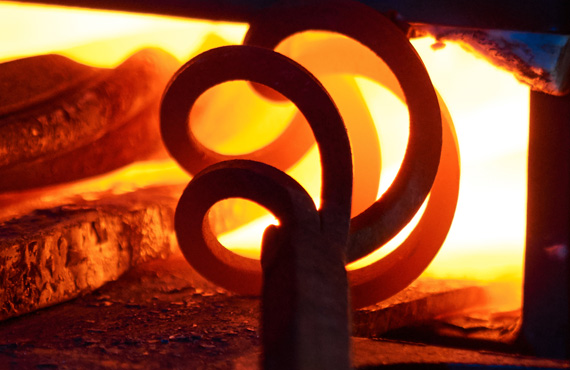Steel tempering heat treatment is the process of heating steel to a certain temperature in a controlled manner after the hardening process, followed by slow cooling. This process reduces the brittleness of hardened steel, increases its toughness, minimizes internal stresses, and helps achieve the desired mechanical properties.
After the hardening process, steel can have a very hard and brittle structure. The tempering process reduces this brittleness, making the material more durable and machinable.


